Project Ideas with Industry Professionals
Advanced IT Projects
For Your Career!
Solve Complex Projects with Expert Guidance.
Find the exact semester projects according to your needs.

With the ever-changing technical aspects and shifts in the IT scapes, it is vital to keep ourselves on toes. Keeping this in mind, our latest projects dealt with leading technologies like AI, Python, IoT, PHP, Software Testing, etc.
Computers are frequently tools for various crimes, including hacking, drug trafficking, and child pornography. Over 75% of criminals store their plans on their PCs. When caught, investigators seek evidence on these machines. The rise in computer-related crimes has led to a demand for specialized forensic tools, streamlining evidence search and making the process more efficient than manual searches. Inspired by the SQ's forensic process, a novel subject-based semantic document clustering model for investigators to group documents on a suspect's computer into overlapping clusters. These clusters are based on subjects defined by the investigator. While numerous forensic tools exist, system distinguishes itself through its unique approach.
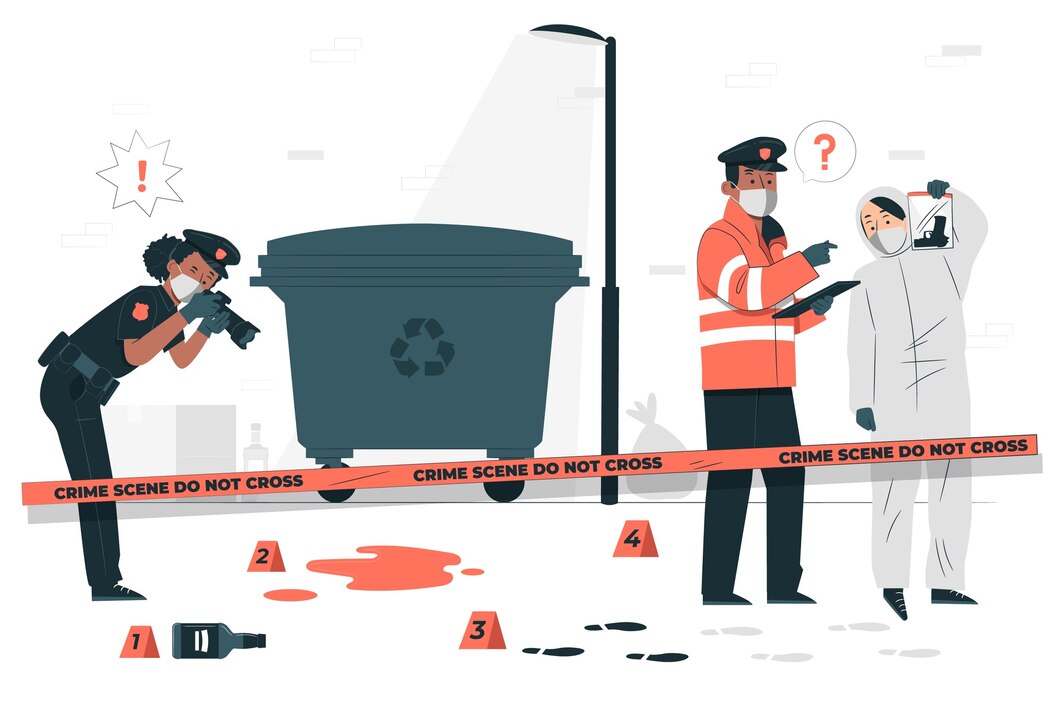
Enhancing data security in outsourced, distributed, and utility-based environments is crucial for building trust. To maintain data confidentiality, users' trust in the system remains intact, with uninterrupted availability. Frequent data access necessitates user verification to prevent security breaches. Adding an extra layer of security, users provide a question-and-answer token, approved during file access, without disrupting their activities. Tracking file access patterns is crucial; any changes in access time lead to data failure. Unauthorized access is deterred by providing encrypted false data.
A new context-based model (CoBAn) for accidental and intentional data leakage prevention (DLP) is proposed. Existing methods attempt to prevent data leakage by either looking for specific keywords and phrases or by using various statistical methods. Keyword-based methods are not sufficiently accurate since they ignore the context of the keyword, while statistical methods ignore the content of the analyzed text. During the training phase, clusters of documents are generated and a graph representation of the confidential content of each cluster is created. During the detection phase, each tested document is assigned to several clusters and its contents are then matched to each cluster’s respective graph in an attempt to determine the confidentiality of the document. Extensive experiments have shown that the model is superior to other methods in detecting leakage attempts, where the confidential information is rephrased or is different from the original examples provided in the learning set.

This project addresses the growing reliance on websites for various real-life applications and the inherent security vulnerabilities present in dynamic web applications developed using the ASP.NET framework. With the widespread use of ASP.NET for its language support and powerful features, such as event-driven programming and rich server controls, the need for secure development practices becomes paramount. The paper introduces an algorithm aimed at enhancing website security by detecting vulnerabilities. The algorithm, comprising multiple steps, has already seen partial implementation, with ongoing work to complete the remaining stages. To mitigate security risks, the project emphasizes the importance of vigilant developers and website owners, advocating for security integration from the outset. The project also describes a development tool designed to uncover vulnerabilities in website source code, focusing on the three-tiered web application model: presentation, application (ASP.NET), and storage. The tool scans for potential vulnerabilities, generates a comprehensive report listing identified issues, and highlights their locations within the code.

AI for Combating COVID-19: This project explores the application of Artificial Intelligence (AI) and Deep Learning methods, including Generative Adversarial Networks (GANs), Extreme Learning Machine (ELM), and Long/Short Term Memory (LSTM), to address the global COVID-19 crisis. It proposes an integrated bioinformatics approach that harnesses structured and unstructured data to create user-friendly platforms for medical professionals and researchers, with a primary focus on expediting diagnosis and treatment processes. The research leverages the latest medical publications and reports to optimize the Artificial Neural Network-based tools, employing a variety of data inputs, including clinical information and medical imaging, to enhance practical outcomes.
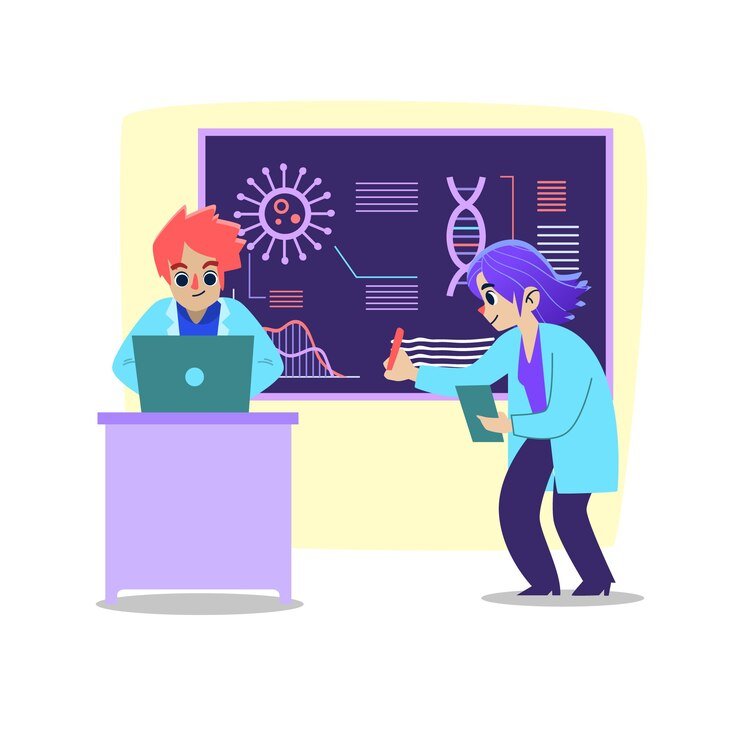
Today, most people rely on their vehicles for travel, but breakdowns disrupt journeys, causing wasted time and fatigue. Moto Assistant, an Android app, swiftly locates nearby mechanics, reducing search time. Users can also buy spare parts online, addressing the disorganized spare part market.

User surveys have shown that a typical user has over a 100 apps on his/her smartphone but stops using many of them. We conduct a user study to identify such unused apps, which we call zombies, and show via experiments that zombie apps consume significant resources on a user's smartphone and access his/her private information. We then design and build ZapDroid, which enables users to detect and silo zombie apps in an effective way to prevent their undesired activities. If and when the user wishes to resume using such an app, ZapDroid restores the app quickly and effectively. Our evaluations show that: (i) ZapDroid saves twice the energy from unwanted zombie app behaviors as compared to apps from the Play Store that kill background unwanted processes, and (ii) it effectively prevents zombie apps from using undesired permissions. In addition, ZapDroid is energy-efficient, consuming <;4 percent of the battery per day.
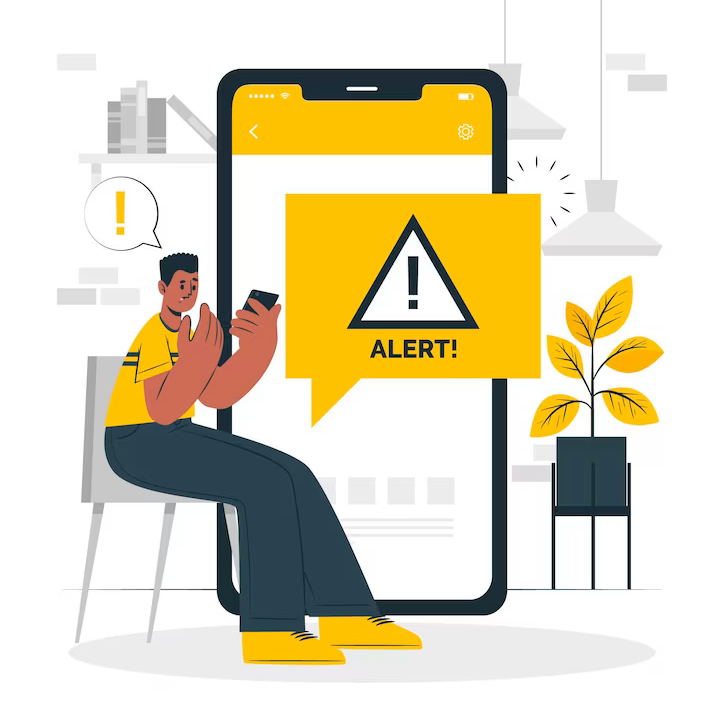
One of the biggest challenges in the current ticketing facility is “QUEUE” in buying our suburban railway tickets. Android Suburban Railway (ASR) ticketing is mainly to buy the suburban tickets which is the most challenging when compared to booking the long journey tickets through `M-ticket' which fails with suburban(local travel) tickets. ASR ticket can be bought with just a smart phone application, where you can carry your suburban railway tickets in your smart phone as a QR (Quick Response) code. It uses the smart phones “GPS” facility to validate and delete your ticket automatically after a specific interval of time once the user reaches the destination. the ticket checker is provided with a checker application to search for the user's ticket with the ticket number in the cloud database for checking purposes.
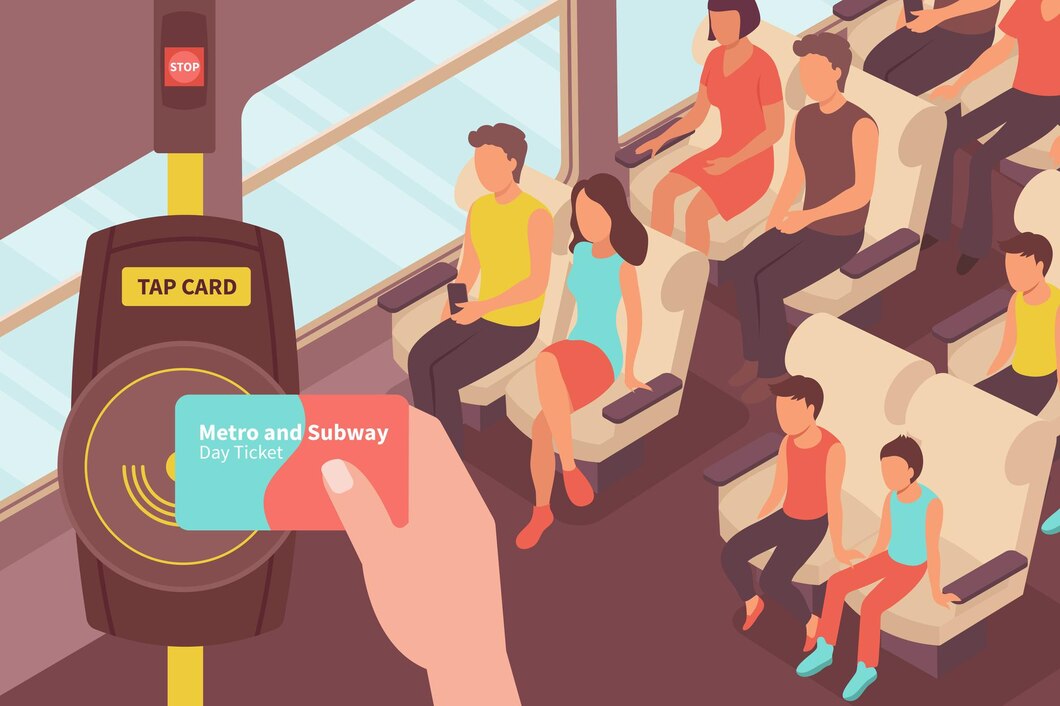
A robot with mechanical gripper which has the capability of transporting limited sized objects from one place to another with pick-up and drop capabilities. The robot’s responses are based on speech recognition of verbal commands. It used Google speech recognition module in order to understand verbal commands. We also categorized the objects into six specific categories according to the amount of gripping force required to lift the objects. An android application was used to communicate with the robot through Bluetooth communication. The application decodes the human speech into an array of characters which are transmitted to the robot using Bluetooth technology. The robot uses microcontroller which decodes the messages into executable functions. Being a speech responsive mobile robot it can be effectively used to move objects from one place to another by people with disability or handicap.
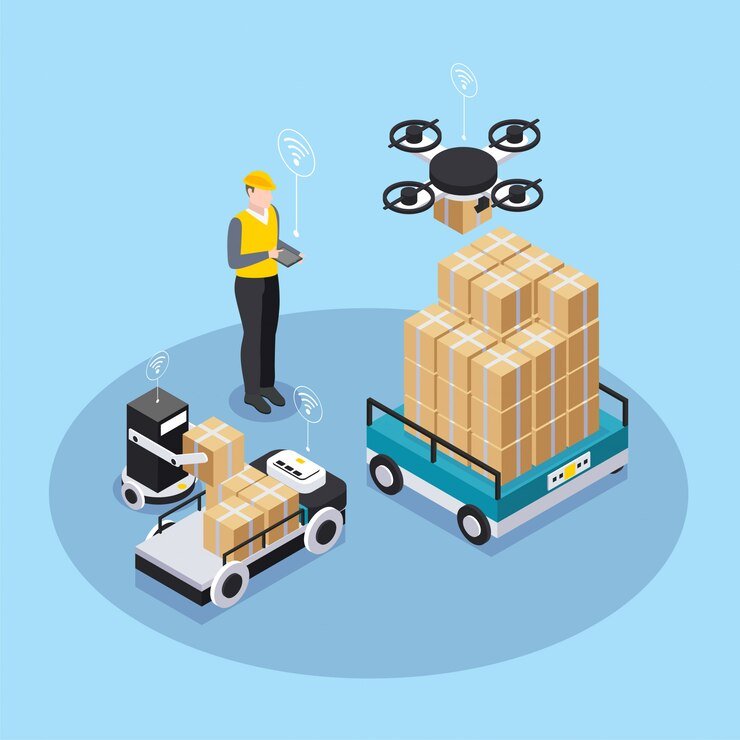
In most schools and universities in India, a minimum attendance requirement is present and the teacher manually records the attendance of the students present in the class. This wastes valuable time and energy. There are various ways to automate the process of taking attendance such as fingerprint recognition, identity card scanner, Bluetooth sensors, bar code readers for identity cards and so on. This paper is aimed at implementing a Bluetooth low energy based attendance management system. It uses the Bluetooth Low Energy technology of beacons which communicate with an android application. The application is used to collect the data from the sensors and store it according to the dates. This provides a way for the teacher to instantly record and analyze the attendance of all the students. Methods of avoiding proxies or false attendances have also been incorporated.
